Roadmap details how to improve exoplanet exploration using the James Webb Space Telescope

A new step-by-step roadmap describes how to improve the efficiency of data gathering with the JWST to benefit the astronomy community at large. “Our hope now is that a large-scale community effort guided by the roadmap can be initiated to yield deliverables at a timely pace,” says MIT Associate Professor Julien de Wit. Credit: NASA/JPL-Caltech […]
How to make an old antibiotic 100 times more potent

Scanning electron micrographs at 10,000× magnification of vancomycin resistant E. faecium E155 cells. Left: untreated cells, middle: cells treated with bacitracin, and right: cells treated with next-generation bacitracin. Credit: Proceedings of the National Academy of Sciences (2024). DOI: 10.1073/pnas.2315310121 Nathaniel Martin, Professor of biological chemistry, wondered what would happen if you took an antibiotic that […]
A harmless asteroid will whiz past Earth Saturday. Here’s how to spot it

In this artistic rendering, two asteroids fly past Earth. An asteroid will whiz harmlessly past Earth Saturday June 29, 2024. With the right equipment and timing, you just might spot it. Called 2024 MK, the space rock will make its closest approach to Earth at 9:46 AM EST (13:46 GMT) passing by at about three-quarters […]
Researchers show how to use ‘topological tweezers’ to control active fluids
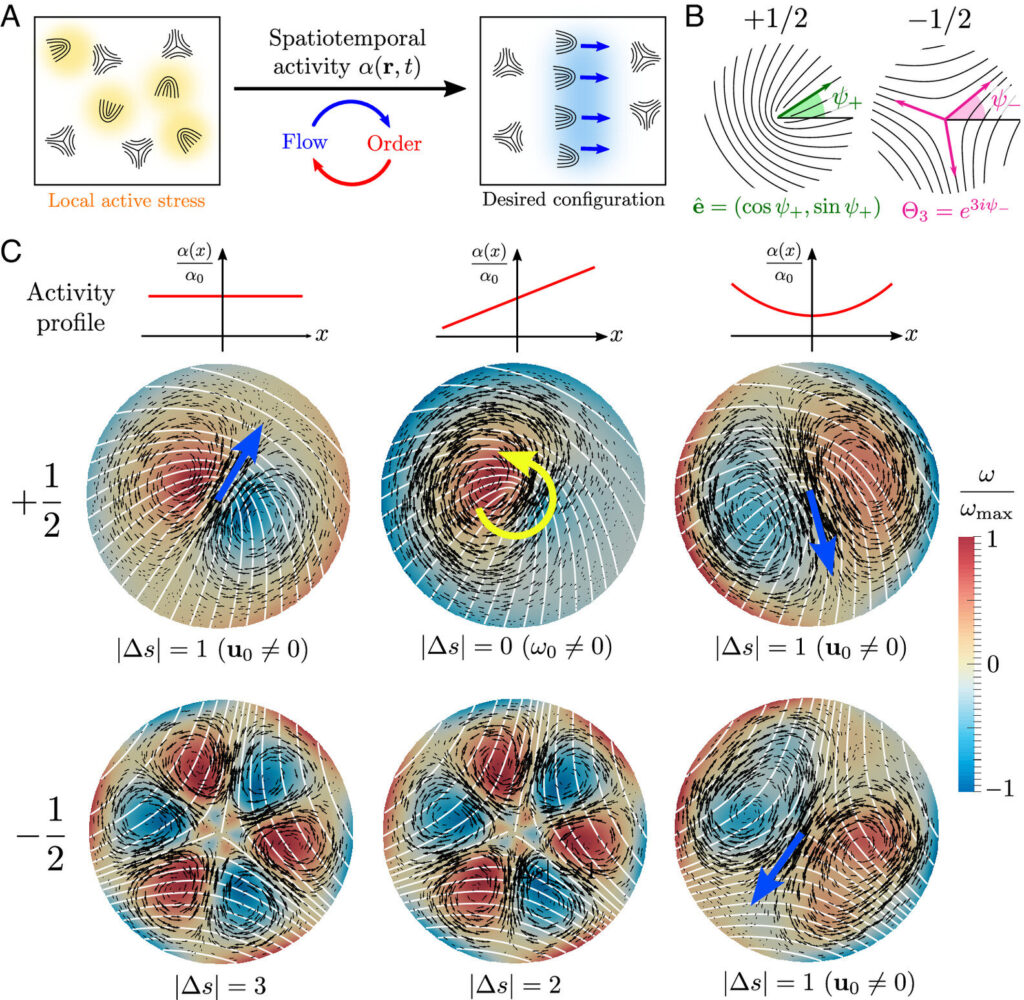
Additive framework for spatiotemporal control of active defects. Credit: Proceedings of the National Academy of Sciences (2024). DOI: 10.1073/pnas.2400933121 University of Michigan physicists have devised a way to manipulate active fluids, a type of fluid composed of individual units that can propel themselves independently, by taking advantage of topological defects in the fluids. The researchers […]
How to catch a glimpse of a new star about to appear in the night sky
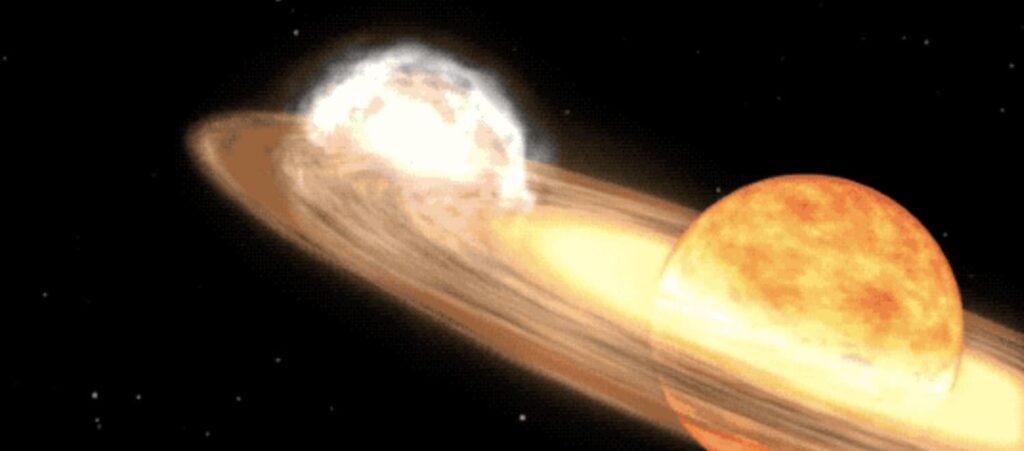
Illustration of T Coronae Borealis where material from a red giant star pours onto a white dwarf, setting the stage for a humongous stellar explosion. Credit: NASA/Conceptual Image Lab/Goddard Space Flight Center If you peer up at the constellation Corona Borealis—the Northern Crown—over the next several months, you may catch a glimpse: Astronomers predict that […]
Study shows how to increase success rate of restoration initiatives in the Cerrado
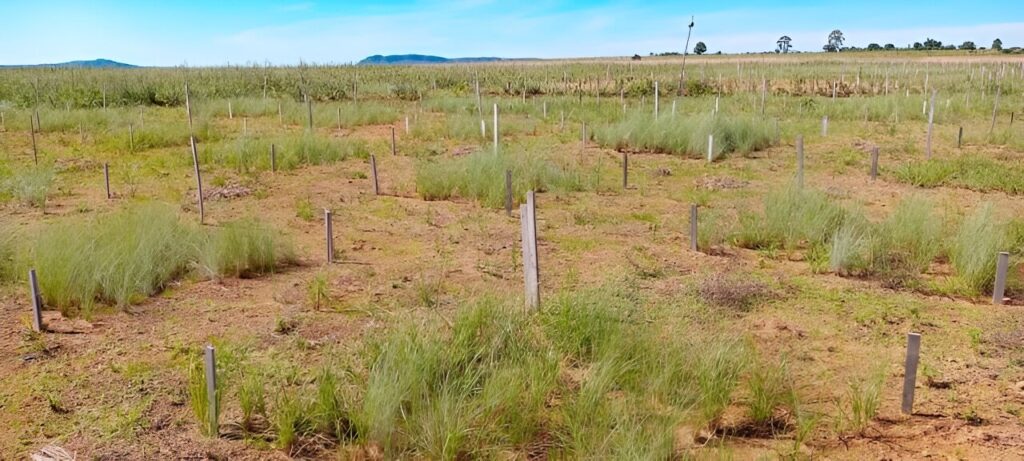
Plots were sown with between zero and eight native grass species. The study was conducted in a former area of pasture taken over by the Chapada dos Veadeiros National Park (Goiás state, Brazil). Its purpose was to analyze the role of biodiversity in resistance to reinvasion of plant communities by exotic species. Credit: Guilherme Mazzochini […]
How to reconstruct mating behavior of long-extinct termites

This close-up picture of the fossilized termites shows the parallel positioning of the two individuals encased in the amber. The larger female (left) is still touching the smaller male (right). Credit: Aleš Buček (OIST/The Czech Academy of Sciences) Approximately 38 million years ago two termites were in the middle of courtship behavior when they got […]
How to make bright quantum dots even brighter
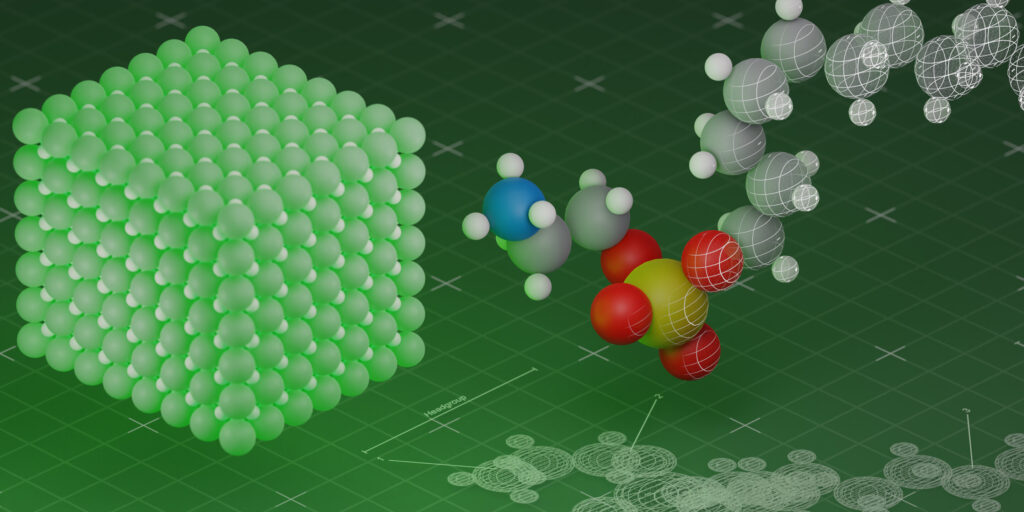
To make a quantum dot consisting of a perovskite nanocrystal (left) more efficient, researchers have created special molecules (right) that form a protective layer around the quantum dot. Credit: Kovalenko Lab Quantum dots are a kind of artificial atom: just a few nanometers in size and made of semiconductor materials, they can emit light of […]
Marine snails study helps clarify debate on how to view major evolutionary transitions
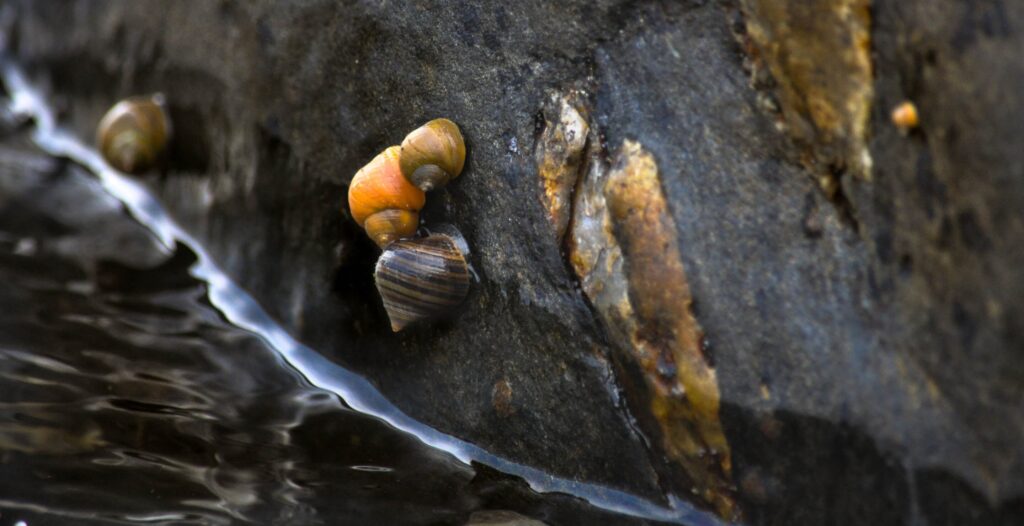
Littorina snails are common on the rocky shores of Europe, the U.K., and the East Coast of the U.S. Credit: Daria Shipilina Significant evolutionary changes happen gradually as opposed to in dramatic “monster” steps, biologists have discovered, answering the long-debated question as to how game-changing innovations like flight, vision, and the bearing of live offspring […]
Scientists discover how to degrade and reform thermoset polymers without loss of function
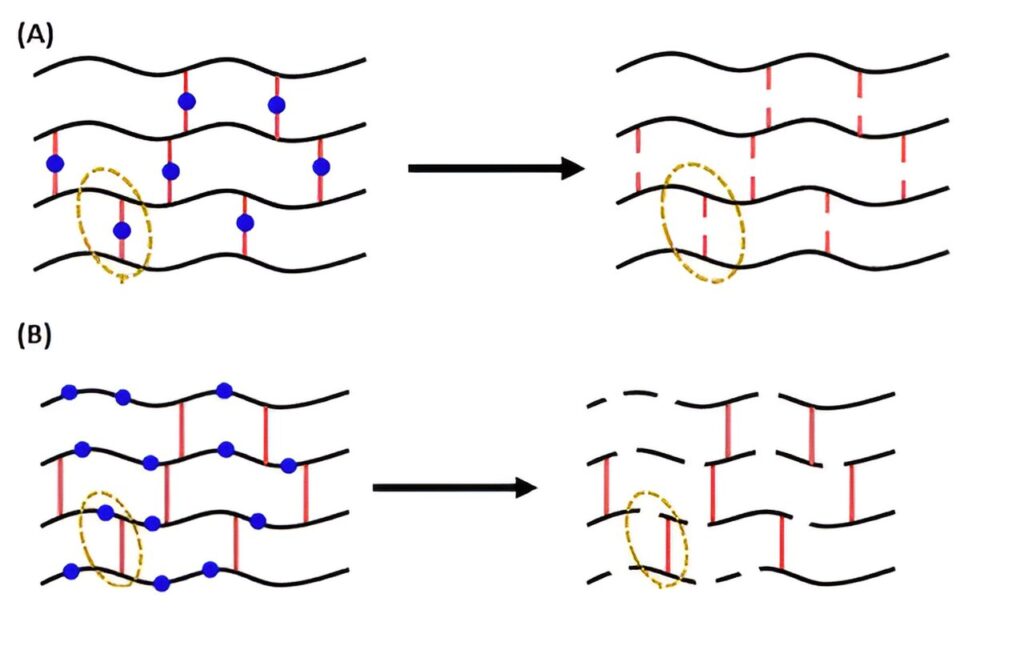
Polymers with breakable bonds inserted into the polymer chains (B) were more easily degraded and re-formed than those with breakable bonds in the cross-lnks (A). Credit: Maciek Kopec A team of UK scientists has got a step closer to making several different types of plastic much easier to recycle using a method that could be […]